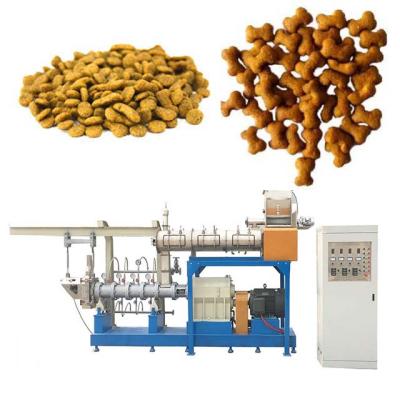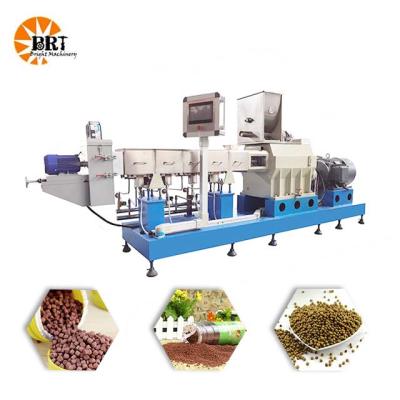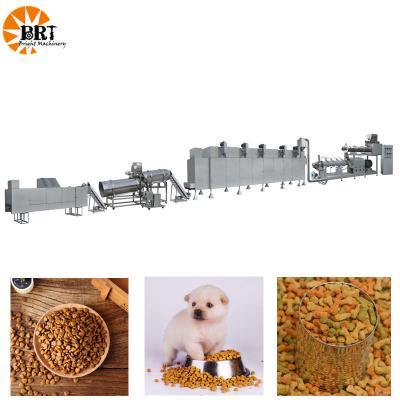Advantages and Applications of Expanded Nutritional Powder
Grain puffed powder is a powder product made by puffing various grains, cereals and puffable raw materials for both medicinal and edible purposes and then refining them. It is a powder product made by extruding grains at high temperature and high pressure and then deep processing.
Advantages of puffed nutritional powder
1. Improve digestion and absorption rate Starch gelatinization: The puffing process breaks the molecular structure of starch, making it easier to be decomposed by digestive enzymes, improving absorption efficiency. Protein denaturation: Plant protein (such as soybeans) has a loose structure after puffing, reducing anti-nutritional factors (such as trypsin inhibitors) and improving protein utilization.
2. Nutrition retention and strengthening High temperature and short time processing: Compared with traditional processing, the puffing process is completed quickly under high temperature and high pressure, reducing the loss of heat-sensitive nutrients such as vitamins (such as B group) and minerals. High nutritional density: A variety of nutrients (vitamins, amino acids, trace elements) can be added to make a balanced formula suitable for specific groups of people (such as infants and athletes).
3. Improve taste and flavor Crisp texture: The puffed powder particles are fluffy and have good solubility. After brewing, the taste is delicate and grainless. Flavor enhancement: High temperature promotes the Maillard reaction, produces natural fragrance, and masks the peculiar smell of some raw materials (such as beany smell).
Key processing technology
4. Extend shelf life
Sterilization effect: High pressure and high temperature can kill most microorganisms (such as mold and bacteria) and reduce the risk of product corruption. Low water activity: The moisture content after puffing is usually <5%, which inhibits the growth of microorganisms and does not require the addition of preservatives.
5. Functional diversity Instant solubility: The puffed powder has a porous structure and strong water absorption. It can be quickly dissolved in water or milk for instant consumption. Flexible compounding: It can be used as a basic carrier and mixed with functional ingredients such as probiotics and dietary fiber to make meal replacement powder, protein powder, etc.
6. Reduce costs and environmental protection Efficient production: Continuous puffing equipment has high output and relatively low energy consumption. High raw material utilization rate: It can process cheap raw materials such as grains and beans to reduce waste.
7. Applicability to special populations Low allergy risk: puffing may destroy the structure of some allergens (such as some grain proteins) and reduce allergenicity. Easy to swallow: suitable for people with dysphagia (such as the elderly, postoperative patients) or infant food supplement.
Application scheme
Infant food supplement: such as puffed rice flour, easy to digest and nutritionally fortified. Meal replacement food: high-protein puffed powder provides satiety. Sports nutrition: carbohydrate powder for rapid energy replenishment.
Precautions Key to process control: Over-puffing may lead to nutritional loss (such as reduced lysine), and temperature and pressure parameters need to be optimized. Packaging requirements: puffed powder has strong hygroscopicity and needs to be sealed and moisture-proof.
Puffed process nutritious powder combines nutrition, convenience and cost advantages, and is an important functional product form in the modern food industry.



